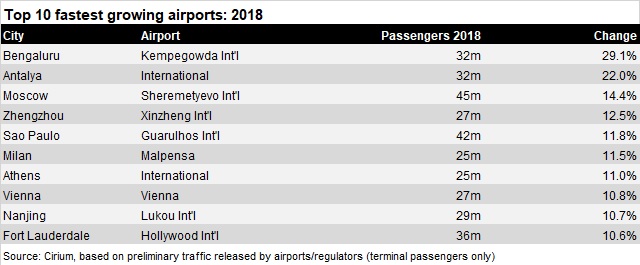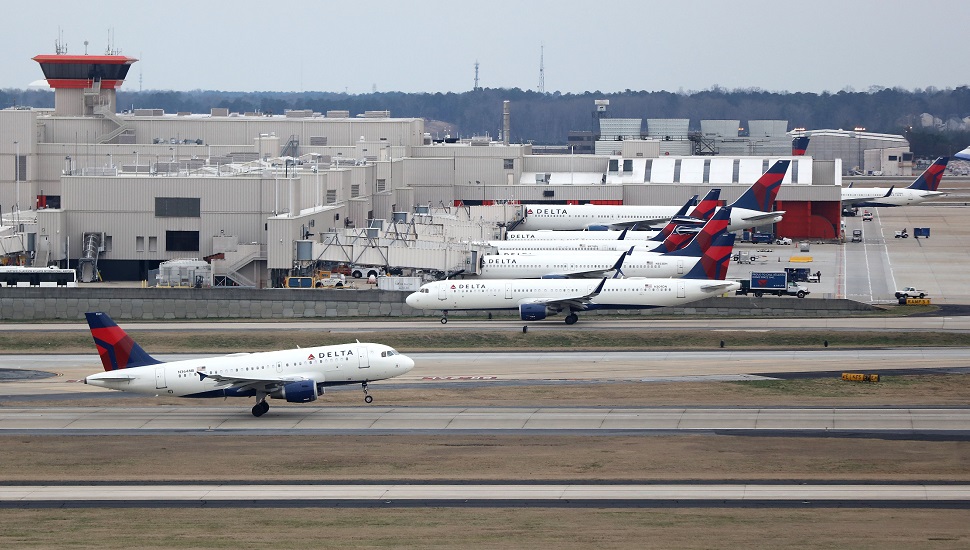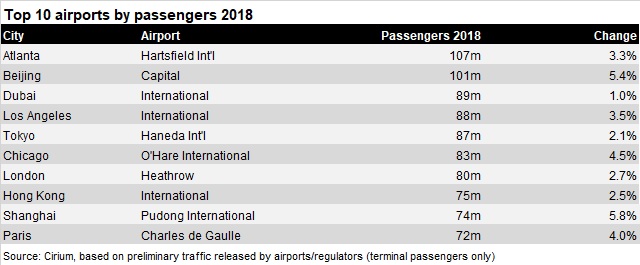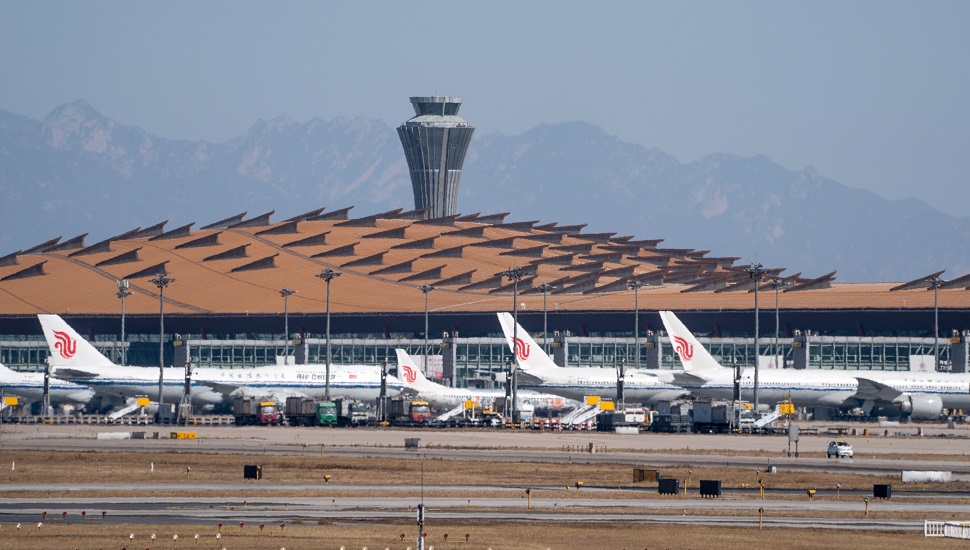Preliminary traffic figures collated by Cirium for the 100 biggest airports in the world show passenger traffic increased by 5.3% during 2018.
That is slightly down on the 5.6% rise recorded across the 100 largest hubs in 2017, but still represents healthy growth.
Figures show that 11 of the 100 biggest airports boosted passenger numbers at double-digit rates, including a 29% jump at Bengaluru's Kempegowda airport. It handled 32.3 million passengers in 2018, placing it 65th in the rankings.

The recovery in Turkish tourism after the challenges of recent years was again evident in passenger growth of more than one-fifth at Antalya airport in 2018. Passenger numbers there reached 31.6 million.
Moscow Sheremetyevo International airport, which added 23 new routes and six carriers during 2018 – recorded the third-highest growth rate of leading hubs last year. Passenger numbers climbed 14% to over 45 million at the Russian hub, ranking it in 41st place in the table for 2018.
Low-cost and leisure traffic helped deliver double-digit growth at European airports Athens, Milan Malpensa and Vienna, while Chinese airports Zhengzhou Xinzheng and Nanjing's Lukou logged growth of 13% and 11% respectively.
Sao Paulo Guarulhos and Fort Lauderdale were the only airports in Latin America and North America to record double-digit growth within the top 100 last year.
Passenger numbers fell at just five of the 100 biggest airports last year.
Delta Air Lines' main hub at Hartsfield-Jackson International hub remains the largest airport. It handled 107 million passengers in 2018, in an increase of 3.3%.

Rex Shutterstock
Beijing Capital became the second airport in the world to pass the 100-million passenger mark. The fast-growing airport enjoyed a further 5.4% rise in traffic as passenger numbers reached 100.9 million for 2018. This year is set to be a big one for the Beijing airport system, as the city's new Daxing airport set to open later in 2018.

Beijing Capital became the second airport in the world to pass the 100-million passenger mark. The fast-growing airport enjoyed a further 5.4% rise in traffic as passenger numbers reached 100.9 million for 2018. This year is set to be a big one for the Beijing airport system, as the city's new Daxing airport set to open later in 2018.

Rex Shutterstock
Beijing and another Chinese hub, Shanghai Pudong, were the only two of the 10 biggest airports to report passenger growth in excess of 5% last year. Passenger levels rose 5.8% at Shanghai, the ninth-biggest airport in the world. It handled just over 74 million passengers.
Los Angeles and Tokyo Haneda were the only airports within the top 10 to change positions. Passenger growth of 3.5% at LA, to 87.5 million, ranked the US hub as the fourth biggest in the world, putting it ahead of Haneda, which handled 87.1 million.
Dubai International is the third-biggest airport in the world, catering for just over 89 million passengers last year. But this marked growth of only a little over 1% – the slowest rate at the airport for well over a decade.
Airports in Asia-Pacific account for more than one-third of the top 100 – 36 in total – and the largest share of passengers with more than 1.7 billion. The next biggest category, North American airports, which accounted for 1.3 billion passengers, has 26 hubs in the top 100. Europe comprises 29 of the 100 biggest facilities, which between them account for almost 1.2 billion passengers. There remain no African airports among the 100 biggest in the world.
There are 24 US airports among the 100 biggest, the next-highest number being the 17 Chinese hubs that feature in the top 100. That includes Haikou's Meilan and Qingdao Liuting, both of which entered the top 100 for the first time this year. They were among six airports to join the top 100 during 2018.
Source: Airline Business



















